Imagine a rug. Not just any rug, but an antique rug, a handmade Armenian rug, woven with over four million knots.
This is no ordinary home decor item. It’s a heritage historical artifact, a testament to resilience, and a symbol of hope.
This is the story of the Armenian Orphan Rug, also known as the Ghazir Rug.
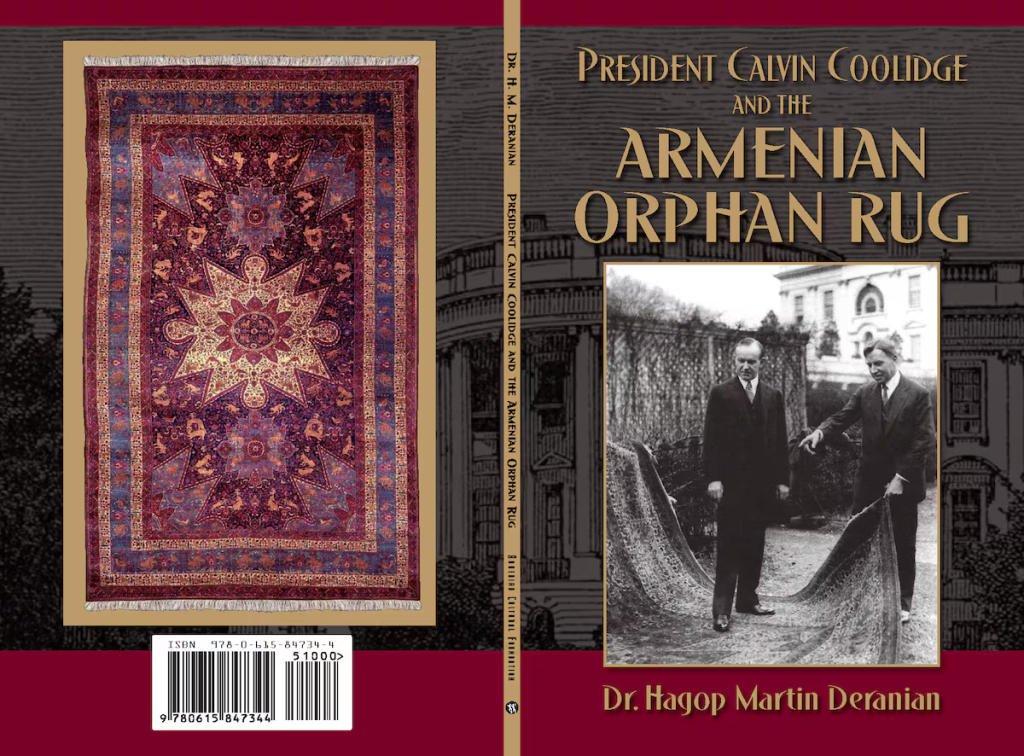
Crafted by orphaned Armenian girls in the 1920s, this rug was a gift of gratitude. It was presented to President Calvin Coolidge, thanking the United States for its aid during the Armenian Genocide.
But this rug is more than a piece of history. It’s a narrative of hope and resilience, woven into the very fabric of its intricate design.
As we unravel its story, you’ll discover how such a unique artifact can add depth and meaning to your home decor.
The Armenian Orphan Rug: A Testament to Resilience
The Armenian Orphan Rug represents incredible resilience. Crafted in Ghazir, a town now in Lebanon, this handmade rug is a symbol of survival.
In the wake of the Armenian Genocide, countless children found themselves orphaned. Despite these hardships, many became skilled artisans through the efforts of the Near East Relief.
The creation of this rug took 10 months. It involved the collaboration of many orphaned children, a task unimaginable considering their young age and troubled past. Each knot tells a story, echoing the dreams and hopes of those who wove them.
Measuring an imposing 11’7″ x 18’5″, the rug features traditional Armenian motifs. These designs not only reflect cultural heritage but also signify the enduring spirit of its creators.
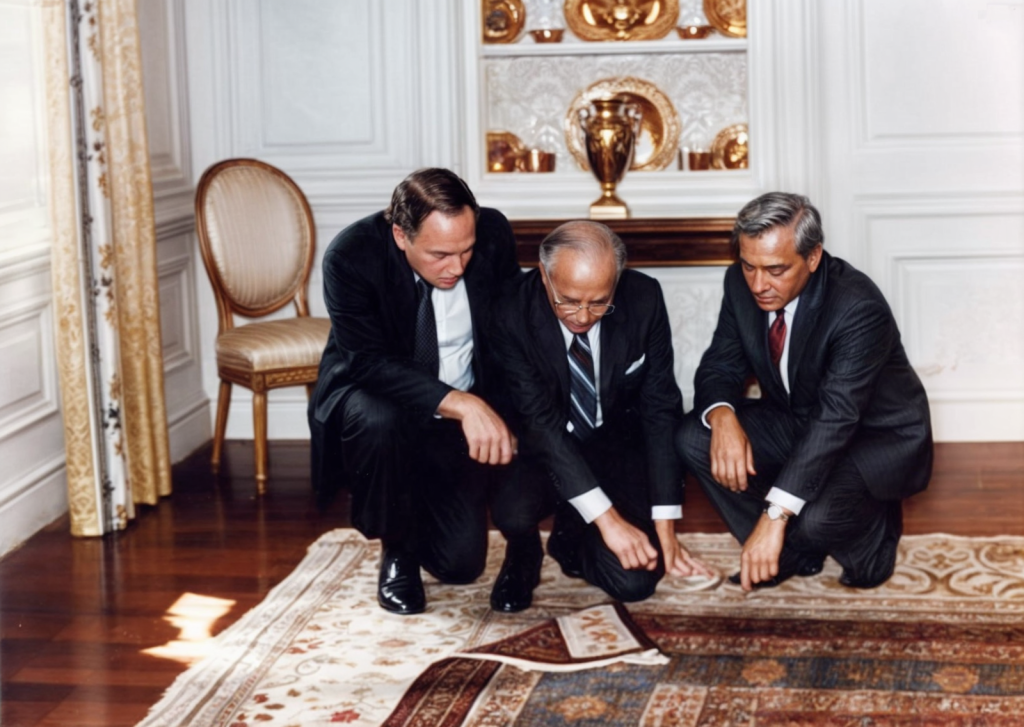
The intricate craftsmanship highlights the skill of Armenian weavers. More than a visual masterpiece, the rug’s poignant backstory adds emotional depth, reminding us of the power of art to heal and inspire.
The Historical Significance of the Armenian Orphan Rug
The Armenian Orphan Rug holds profound historical significance in unique antique rugs. Created in the 1920s, it represents a moment of gratitude toward the United States. This act of thanks followed the U.S. aid during the Armenian Genocide.
In 1925, the rug was presented to President Calvin Coolidge. This gifting was not merely a diplomatic gesture; it was an exchange steeped in emotion and resilience. The rug signifies the intersection of art, history, and politics, capturing a pivotal time in Armenian-American relations.
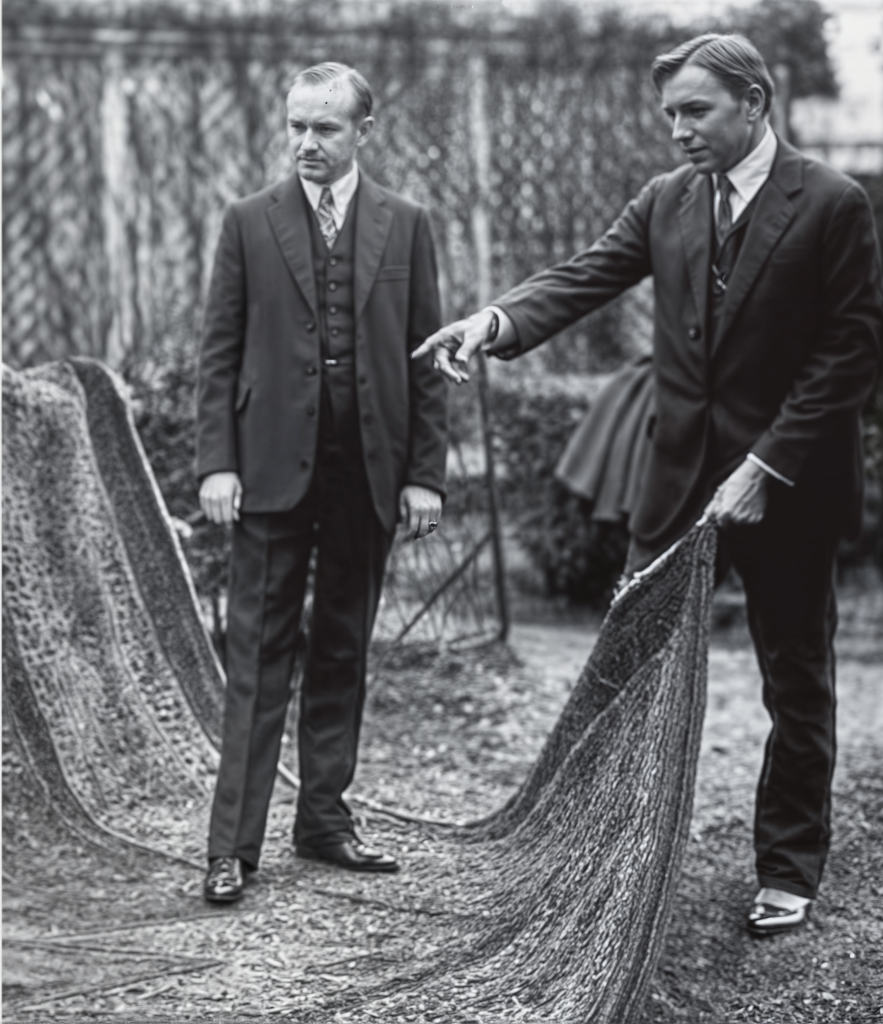
Stored away for decades, the antique rug’s few public displays underline its importance. Each showing honors the narratives of the orphans who once labored over its fabric.
Beyond politics, the rug stands as a piece of Armenian heritage. More than an antique, it’s a historical artifact, bridging generations and reminding us of past struggles, enduring friendships, and shared futures.
The Artistry and Symbolism of Armenian Rugs
Armenian rugs are renowned for their intricate artistry. This craftsmanship reflects centuries of tradition, skill, and cultural pride. Each rug is a tapestry of vibrant colors and detailed patterns, embodying the creativity of its weavers.
Symbolism in Armenian rugs is both rich and varied. Common motifs include ancient symbols like the tree of life, which signifies growth and renewal. These designs not only beautify but also convey stories and beliefs passed down through generations.
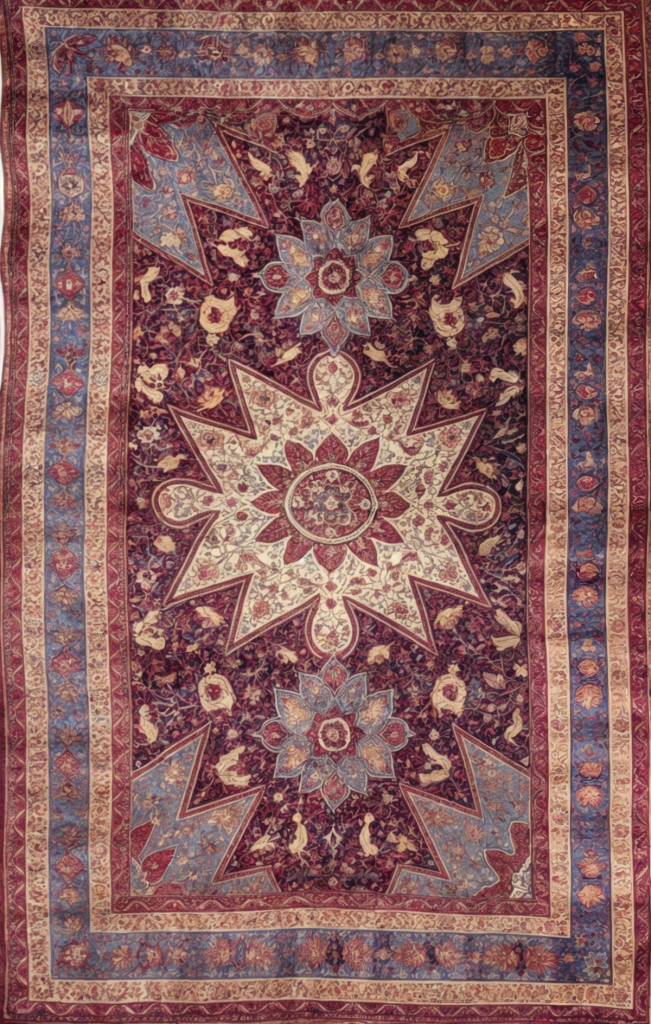
The Armenian Orphan Rug, with its traditional motifs, exemplifies these artistic traditions. Its intricate details showcase the exceptional skill of the orphans who crafted it. Each knot, more than four million in total, is a testament to their dedication and talent.
Such rugs inspire modern design choices by adding depth and narrative to home decor. Incorporating any antiqur rugs such as an incredible Armenian rug brings history alive, offering a window into a culture celebrated for its artistic expression.
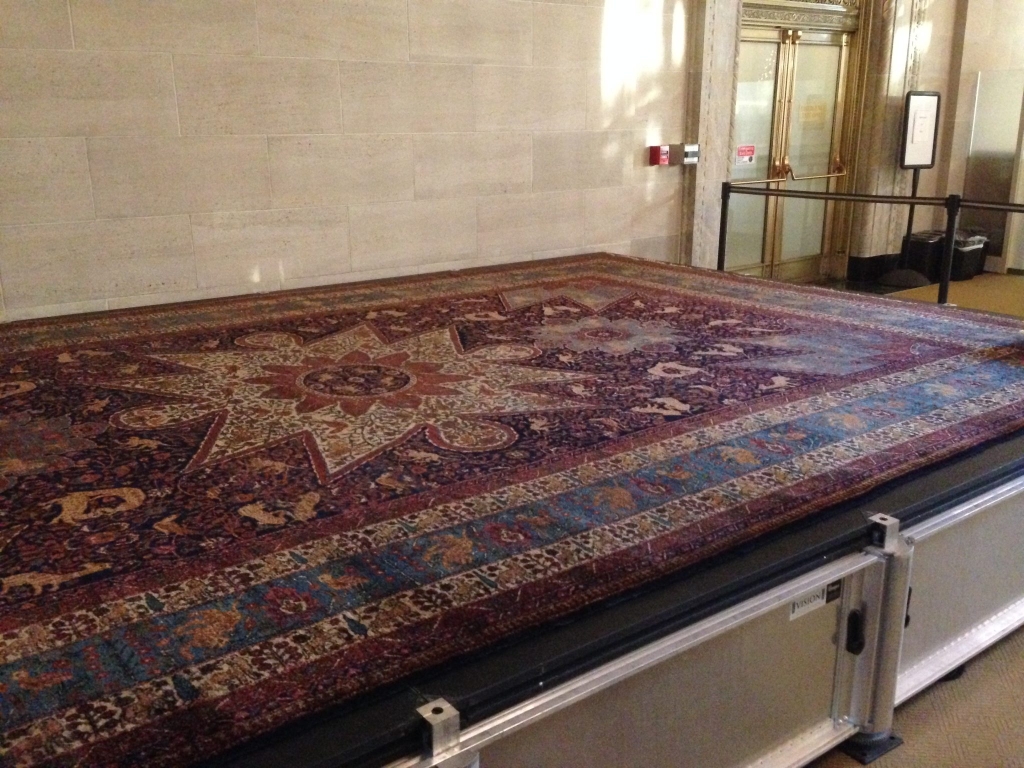
The Journey of the Armenian Orphan Rug to the White House
The Armenian Orphan Rug’s journey to the White House is a narrative of gratitude and diplomacy. Created by young orphaned Armenian girls in the 1920s, this rug was woven in Ghazir, a town in modern-day Lebanon. It took 10 months of meticulous effort to complete, and each thread symbolizes a thread of hope.
In 1925, this extraordinary handmade rug found its way to the United States as a profound gesture of thanks. It was presented to President Calvin Coolidge in appreciation for America’s humanitarian aid during the Armenian Genocide. This gift represented not just a token of gratitude but also a bridge between nations.
The rug, measuring an impressive 11’7″ x 18’5″ and composed of over four million knots, was welcomed into the White House. Here, it was treasured as a significant cultural artifact. However, despite its grandeur, the rug was rarely displayed. For decades, it was carefully stored away, preserving its historical value.
It took 10 months of meticulous effort to complete, and each thread symbolizes a thread of hope.
Its occasional public displays remind us of the enduring friendship between the United States and Armenia. The Armenian Orphan Rug stands as a testament to the resilience of its creators and a symbol of international unity through art and compassion.
Preserving the Legacy: The Armenian Orphan Rug Today
Today, the Armenian Orphan Rug remains a vital vintage piece of cultural history and special antique rugs. Its preservation is crucial to honoring the craftsmanship and spirit of those who created it.
Occasionally displayed in exhibitions, the rug serves as an educational tool. It enlightens audiences on the impact of historical events and humanitarian efforts on art. Such initiatives ensure the rug’s rich story reaches new generations.
Efforts to maintain and protect this artifact safeguard its intricate designs and vibrant colors. By doing so, the legacy of hope and resilience it embodies continues to inspire and connect people worldwide.
Incorporating Historical Rugs into Modern Home Decor
Bringing a historical rug into your home can create a timeless focal point. Antique rugs, such as the Armenian Orphan Rug, add both style and substance. Their stories transform a simple decor piece into a rich tapestry of history.
Incorporating such rugs can be like adding a seasoned storyteller to your room’s design. The colors and patterns in these rugs inspire palettes and texture choices throughout a space. They serve as anchors around which you can build an entire room’s aesthetic.
Consider pairing antique rugs with modern furnishings for an intriguing contrast. This blend of old and new reflects a sophisticated design philosophy. It elevates the room by highlighting the rug’s intricate designs.
Many homeowners find that a historical rug can tie together disparate elements in a room. Whether the decor is minimalist or eclectic, these rugs add depth and cohesion. Their presence invites admiration and sparks conversation.
Integrating historical rugs requires thoughtful placement and care. Protect these treasures by avoiding high-traffic areas where wear could occur. Properly maintained, these rugs serve as enduring heirlooms that narrate personal and collective histories.

The Emotional Impact of Storytelling Through Decor
Decor isn’t just about aesthetics; it’s a gateway to emotional resonance. Pieces like the Armenian Orphan Rug tell profound stories through their craftsmanship. They transform spaces by embedding rich narratives into their fibers.
Including storytelling elements in decor goes beyond visual appeal. It connects homeowners to historical and personal stories, creating a depth often absent in generic designs. Each rug, with its history, speaks volumes about resilience and culture.
When guests enter a home adorned with meaningful artifacts, the dialogue naturally shifts. Antique rug pieces become conversation starters, offering deeper connections. Through them, a home becomes a storyteller, weaving past and present seamlessly together.
Conclusion: Embracing Cultural Heritage in Interior Design
Incorporating cultural heritage with antique rugs into interior design enriches living spaces. The Armenian Orphan Rug exemplifies this perfectly. It melds history and art underfoot, adding a layer of cultural depth.
By choosing decor with history and significance, homeowners not only beautify their homes. They also celebrate heritage. This approach makes spaces uniquely personal and profoundly meaningful.
At Qali, we love rugs and we would love to tell their stories. We make sure all of our rugs are unqiue artisitic items for your homes.